How To Paint Your DIY Guitar
Share
Painting a DIY guitar is a fun and rewarding project that allows you to personalize your instrument and make it truly unique. Whether you're a beginner or an experienced painter, this guide will provide you with step-by-step instructions on how to paint a DIY guitar.
Materials Needed:
- Guitar Kit (unpainted)
- Sandpaper, various grits (optional)
- Primer (optional)
- Paint (spray or brush-on)
- Clear coat
- Masking tape
- Plastic drop cloth or newspaper
- Respirator mask (recommended)
- Gloves (recommended)
Step 1: Preparation
Before you begin painting your guitar, it's important to prepare the surface. If there is already hardware on the guitar, start by removing the hardware, such as the strings, knobs, and pickguard. Then, sand the entire surface of the guitar using a coarse grit sandpaper to remove any existing finish, dirt, or imperfections. Gradually work your way up to finer grits of sandpaper until the surface is smooth.
Step 2: Primer
After sanding, apply a primer to the guitar's surface. The primer provides a base coat that helps the paint adhere to the guitar and also helps cover up any imperfections in the wood. You can use either a spray or brush-on primer, but be sure to apply it evenly and follow the manufacturer's instructions for drying time.
Step 3: Painting
Once the primer is dry, it's time to apply the paint. You can use either spray paint or brush-on paint, depending on your preference. When using spray paint, it's important to apply several thin coats, allowing each coat to dry before applying the next. When using brush-on paint, be sure to apply it evenly and smoothly, taking care to avoid any drips or brush marks.
You can hang the guitar from a piece of string, in a secure area away from wind and debris.
Step 4: Clear Coat
After the paint has dried completely, it's time to apply the clear coat. The clear coat provides a protective layer over the paint and also helps to give the guitar a glossy finish. You can use either spray or brush-on clear coat, but be sure to apply it evenly and follow the manufacturer's instructions for drying time.
Step 5: Assemble/Reassemble
After the clear coat has dried, it's time to reassemble the guitar. Replace the hardware that you removed earlier, such as the strings, knobs, and pickguard. Take care when restringing the guitar to avoid scratching the new paint job.
Step 6: Finishing Touches
Finally, you can add any finishing touches to your DIY guitar to make it truly unique. This might include adding decals, stickers, or designs with a paintbrush. Just be sure to wait until the paint and clear coat have completely dried before adding any additional details.
In conclusion; painting a DIY guitar is a fun and rewarding project that allows you to personalise your instrument and make it truly your own. By following these simple steps and taking your time, you can create a beautiful, one-of-a-kind guitar that you can be proud of.
